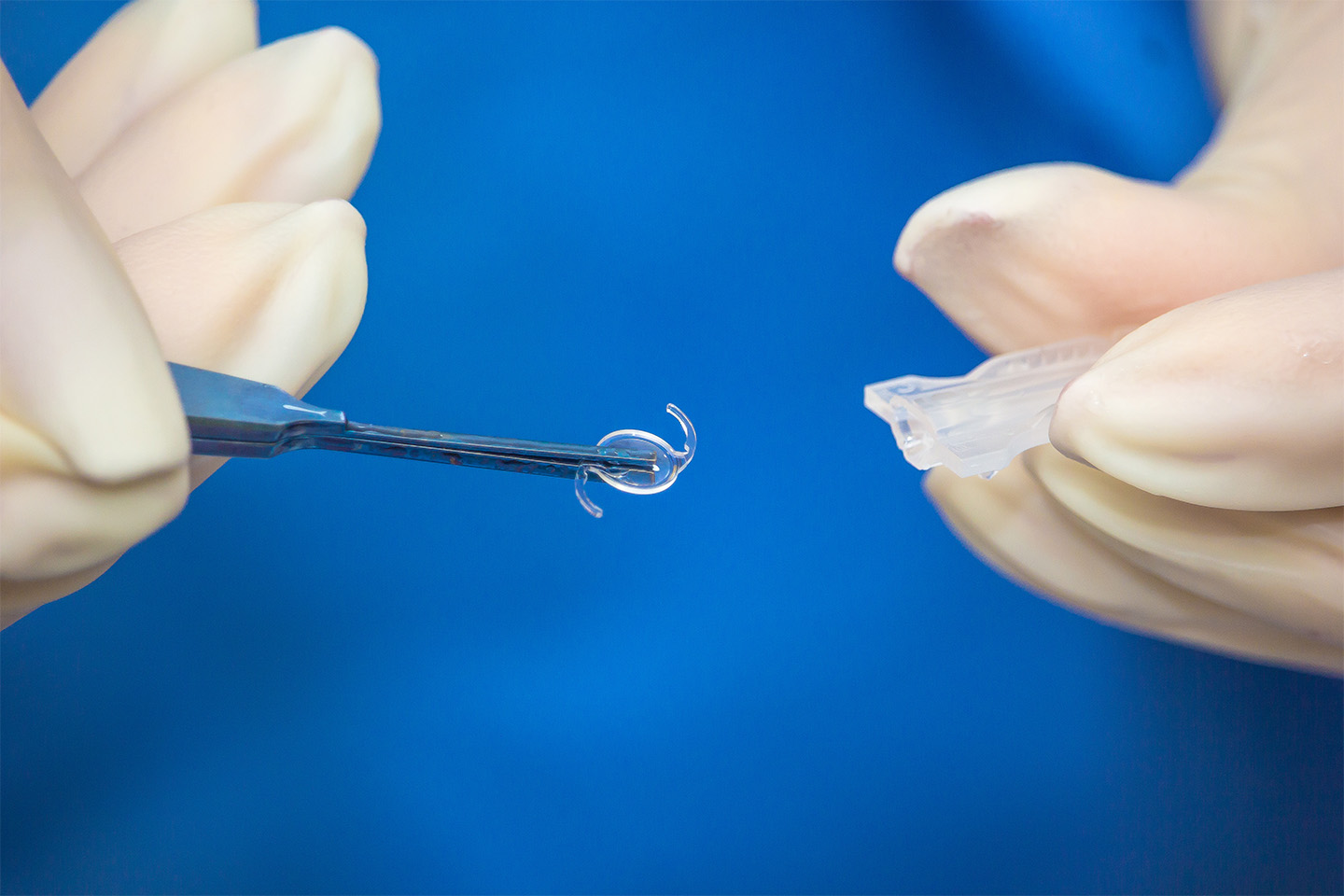Meet SMILE Laser Eye Surgery — a New Alternative to LASIK

LASIK isn’t the only form of laser eye surgery available. The recently approved SMILE is a new procedure that provides similar results for patients suffering from nearsightedness.
Since receiving FDA approval in 1992, LASIK has provided millions of patients with dramatic improvements to their vision, becoming the world’s most popular form of laser eye surgery in the process.
In the 25 years since its introduction, however, a number of innovations in laser eye surgery have made it possible to help even more people enjoy clear vision. The most recent of these advances is SMILE, a procedure that was first approved for use in the U.S. in September 2016. If you suffer from nearsightedness (myopia), it could be a similarly effective alternative to LASIK.
How does SMILE Work?
SMILE (or SMall Incision Lenticule Extraction) is a minimally invasive procedure during which a surgeon uses a specialized femtosecond laser to create a lenticule — a small, lens-shaped disc of tissue — within the cornea. The surgeon then creates an arc-shaped micro-incision into the cornea and extricates the lenticule through it, altering the shape of the cornea in the process. The restructured cornea then begins to properly refract light, correcting nearsightedness nearly immediately.
Like LASIK, SMILE is performed as an outpatient procedure, rarely taking more than several minutes. Since it’s a very gentle procedure, vision sharpens almost immediately, and the affected eye heals within a matter of days.
How does SMILE compare to LASIK?
With more than one million procedures already performed globally, SMILE is rapidly gaining popularity, largely because of its similarities to LASIK. SMILE has already proven an equally effective solution to nearsightedness, but since it eliminates the need to create a corneal flap, it further lowers the risk of surgical complications such as dry eye. SMILE may also strengthen biomechanical stability in the eye, enabling it to better preserve its shape. In addition, patients undergoing SMILE may be less likely to need a follow-up enhancement than patients undergoing LASIK.
SMILE isn’t necessarily superior to LASIK, however. At the moment, it’s approved to correct nearsightedness only, while LASIK can be performed to treat other refractive errors such as farsightedness (or hyperopia) and astigmatism. Since SMILE is still a fairly new procedure, many surgeons have much less experience with it than they do with LASIK. Any patient exploring SMILE should work with a surgeon who’s completely comfortable with the procedure.
Am I a candidate for the procedure?
As with any form of laser eye surgery, SMILE has certain restrictions that every patient should consider before undergoing the operation. SMILE can currently correct as much as -10.00 diopters (D) of nearsightedness, but all patients must be at least 22 years old and have completely stable vision. They also cannot have an astigmatism of more than -0.50 D. Since SMILE is an effective treatment for nearsightedness only, patients with other refractive errors should look into other procedures such as LASIK or PRK.
If you meet these requirements, however, SMILE could be an ideal solution to your vision problems. If you’re curious about SMILE and think you might be a good candidate, you can schedule a comprehensive eye exam with your eye doctor to discuss the possibility. Here at Swagel Wootton Eye Institute, we offer complimentary consultations to thoroughly evaluate your vision and determine the best course of treatment for you. Visit us online at our Mesa or Chandler locations to schedule your appointment!









